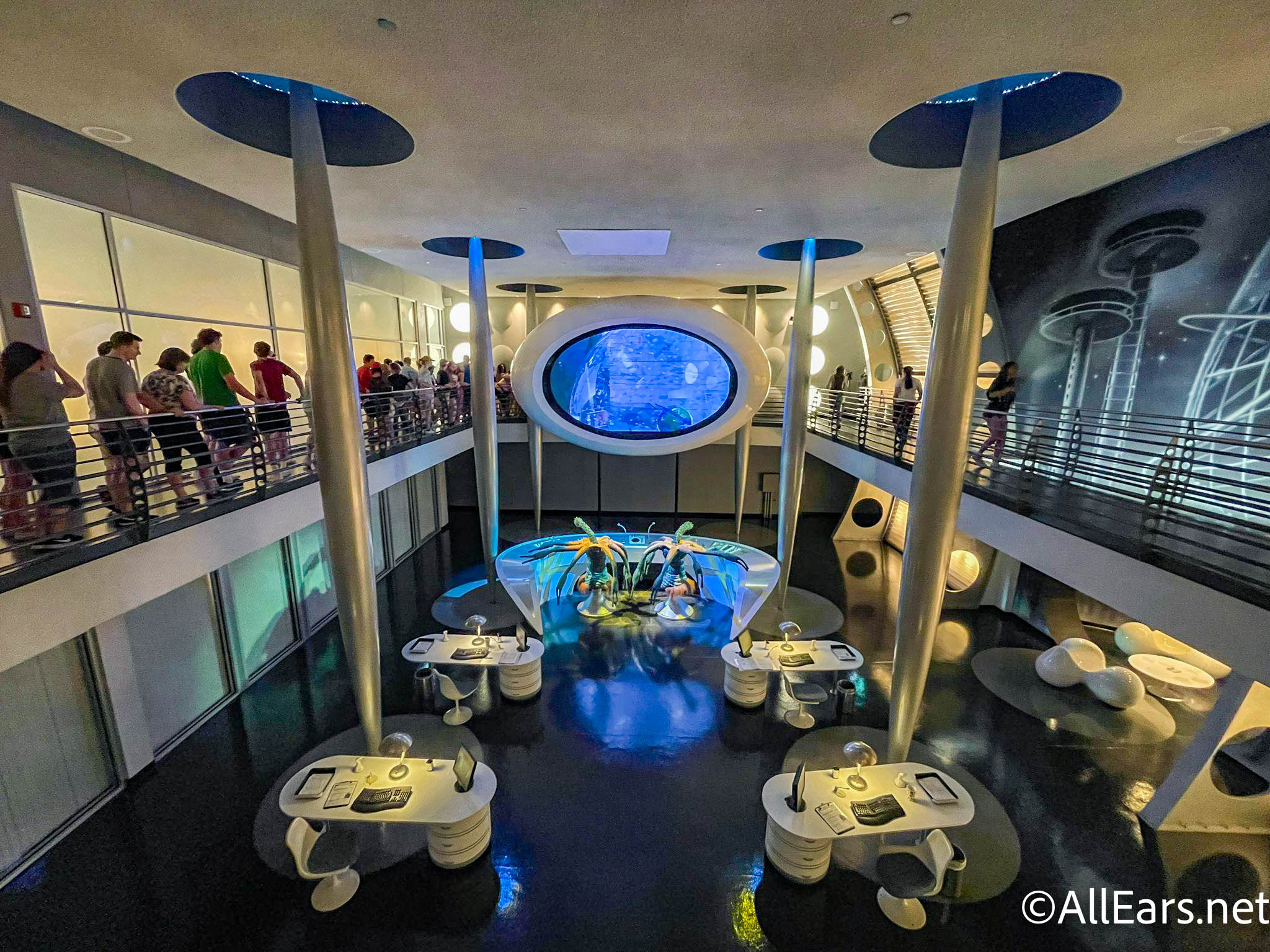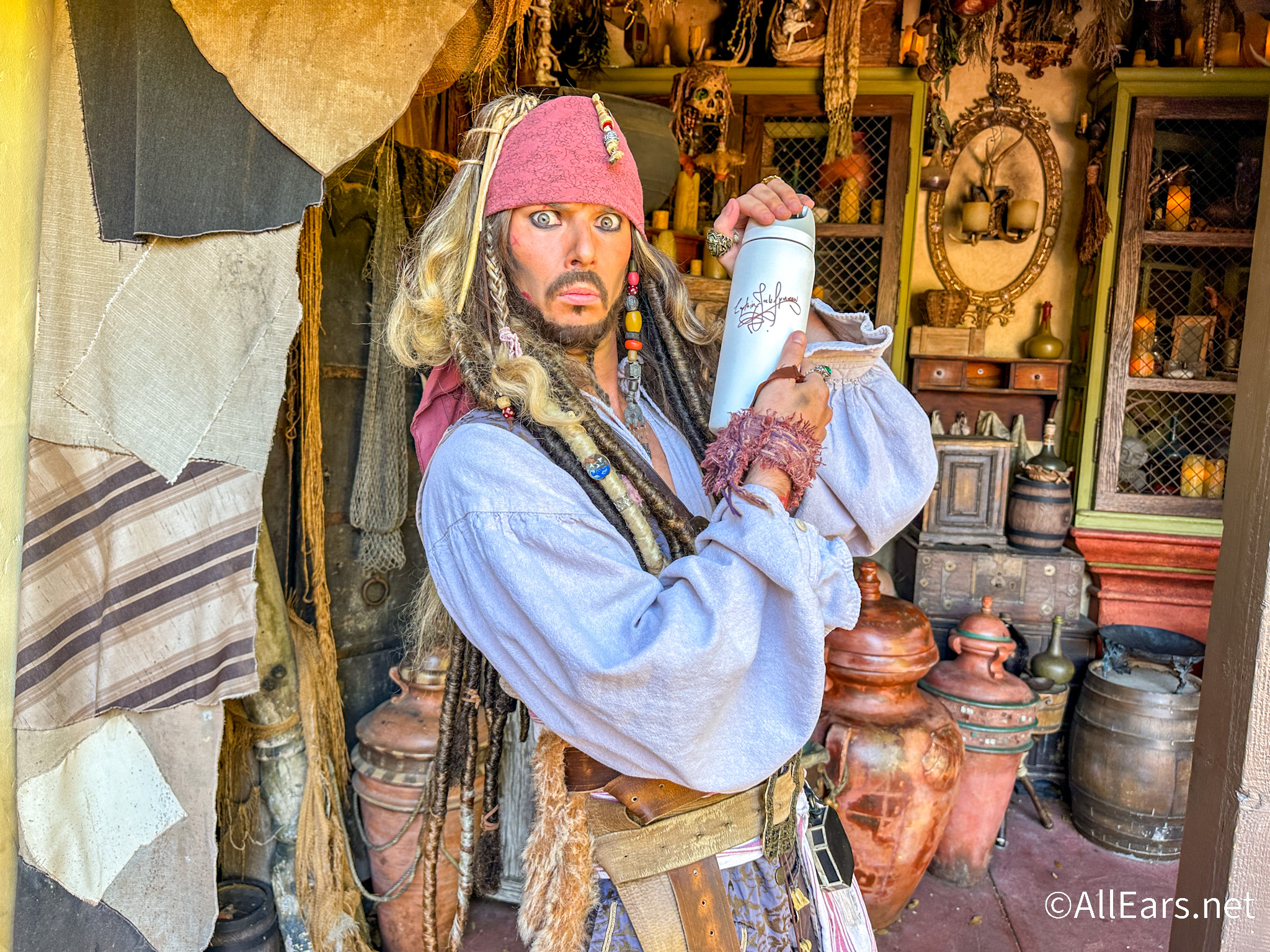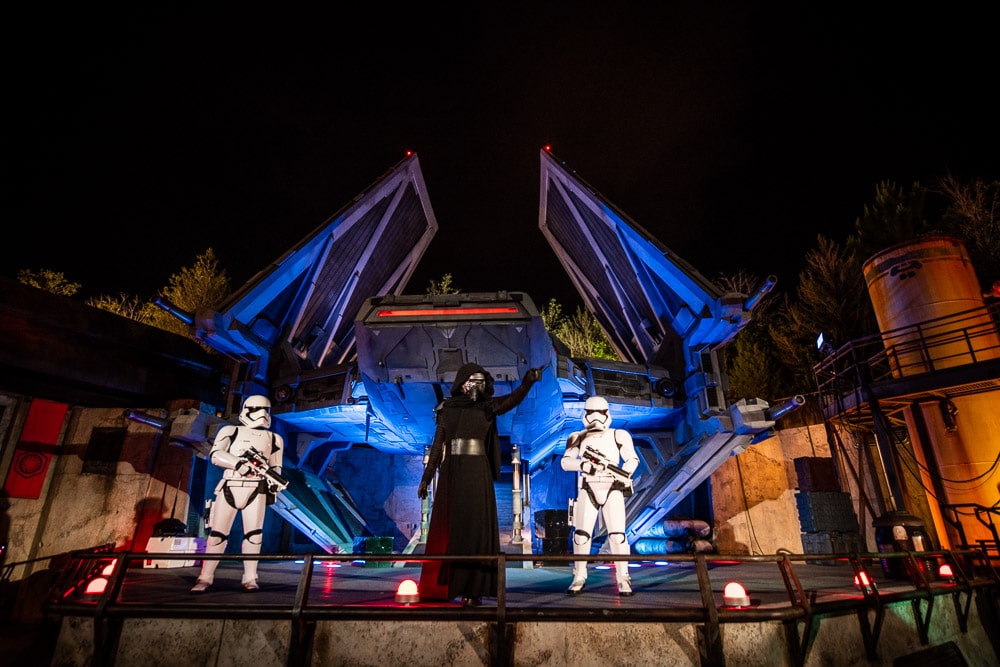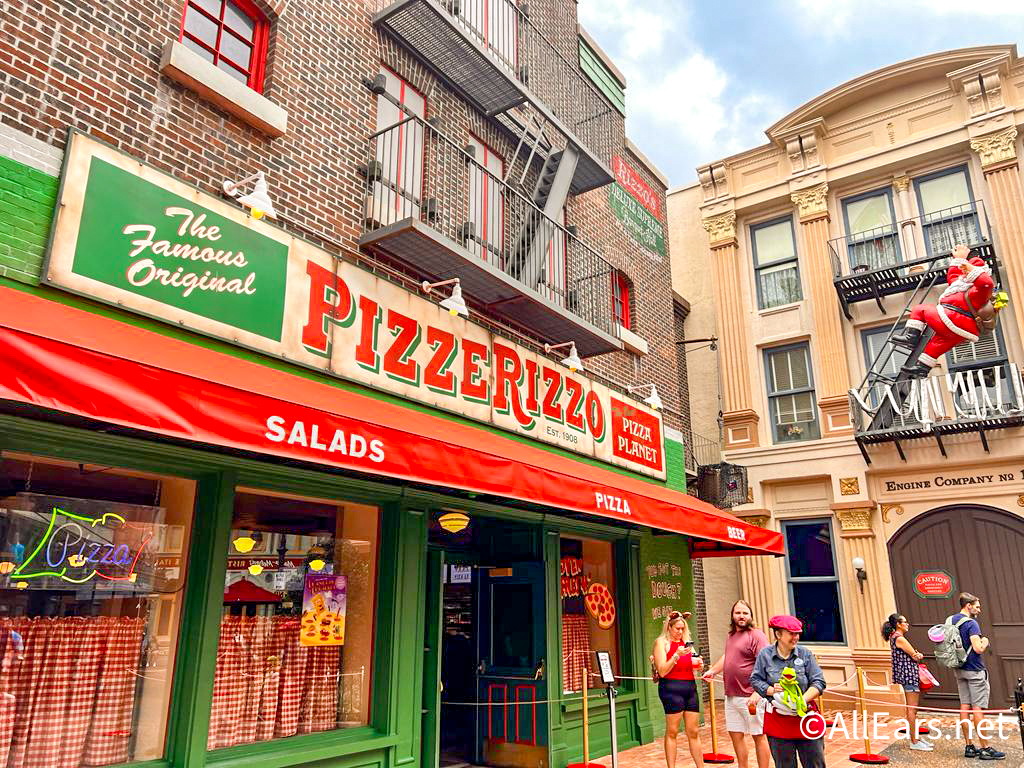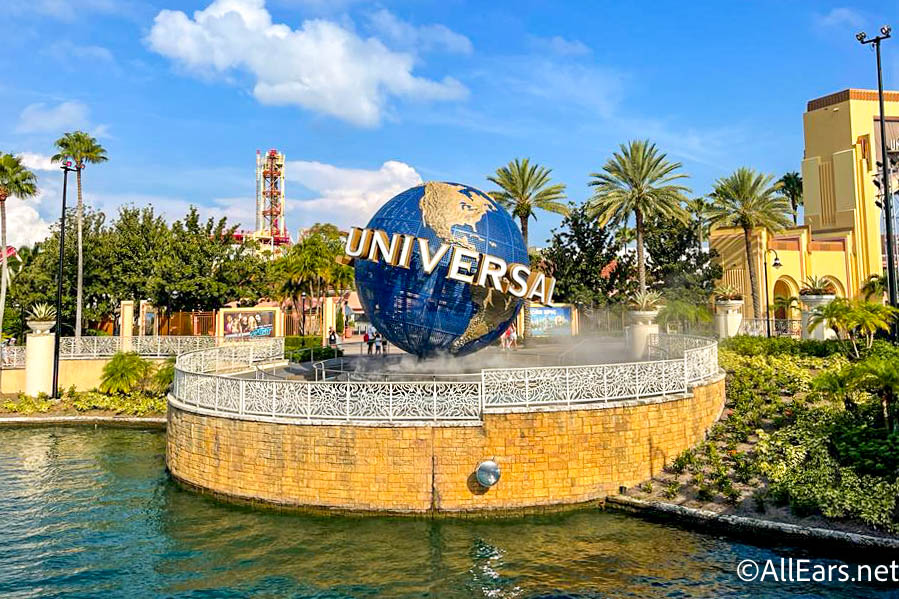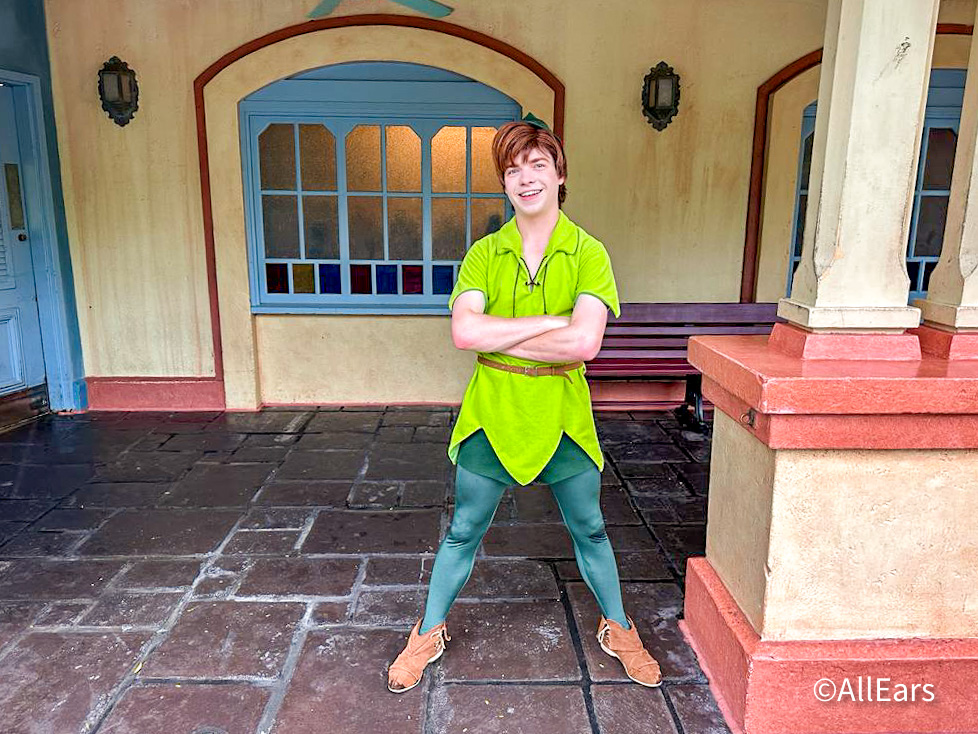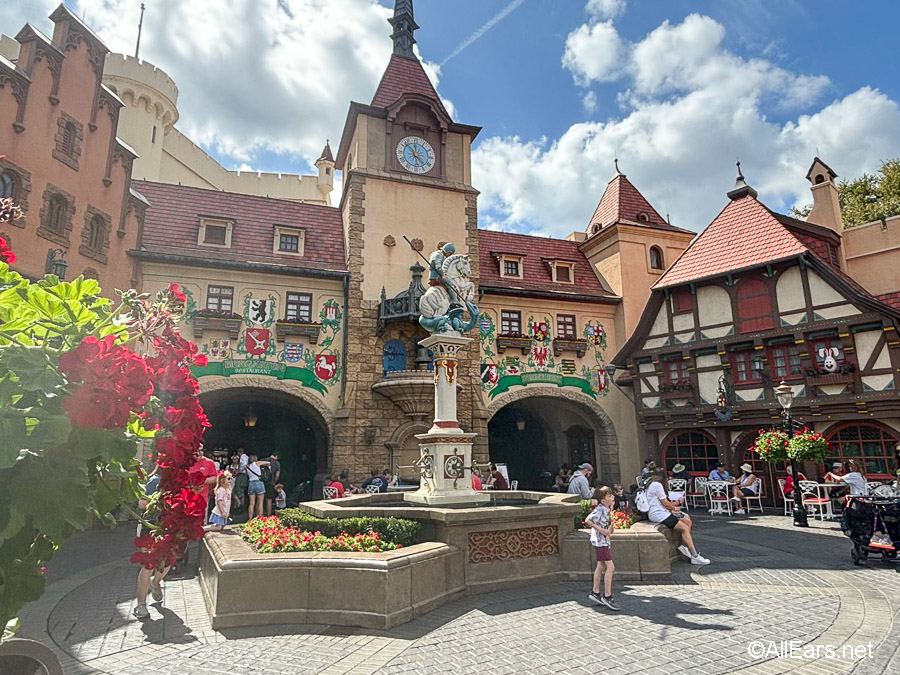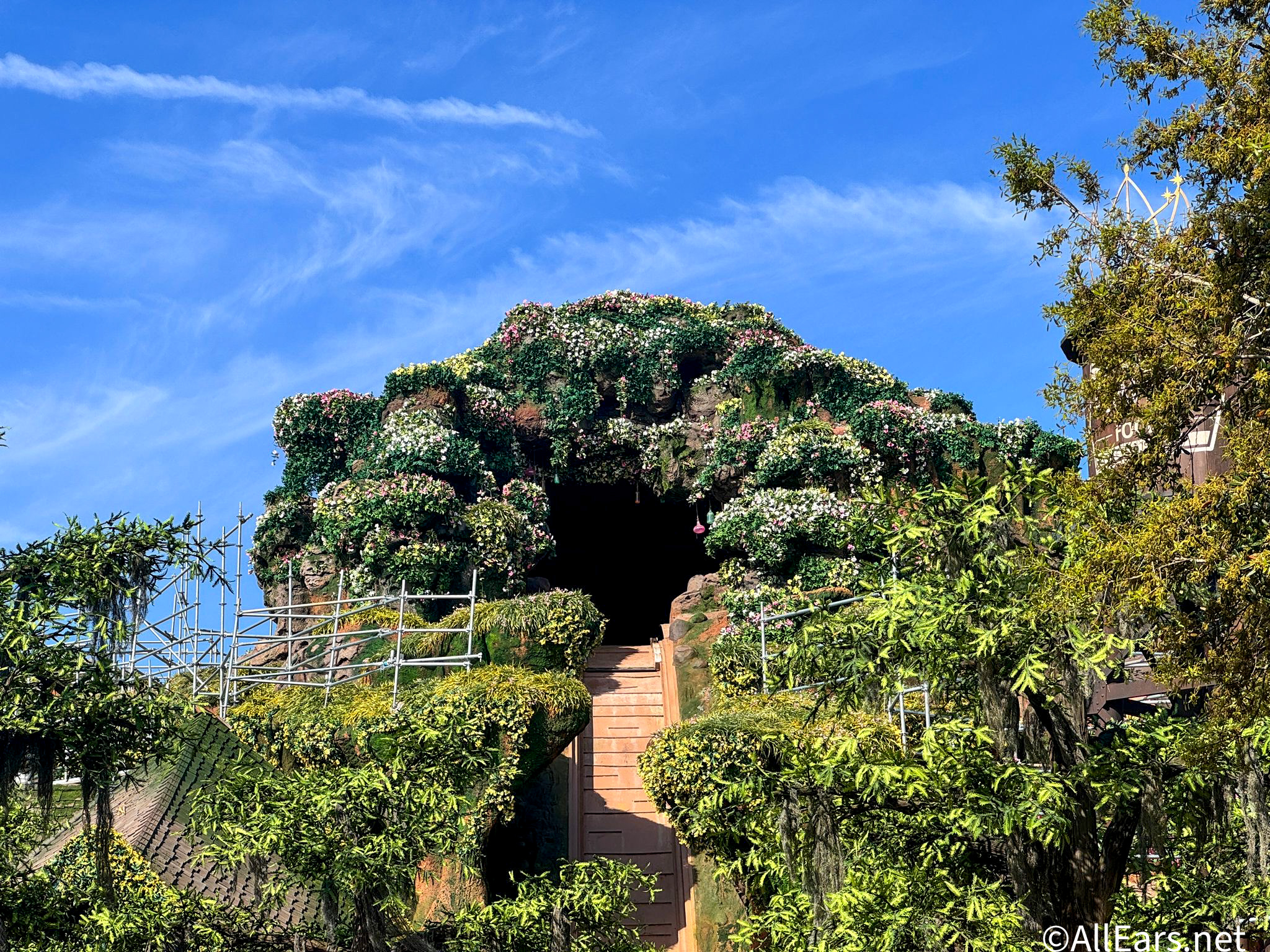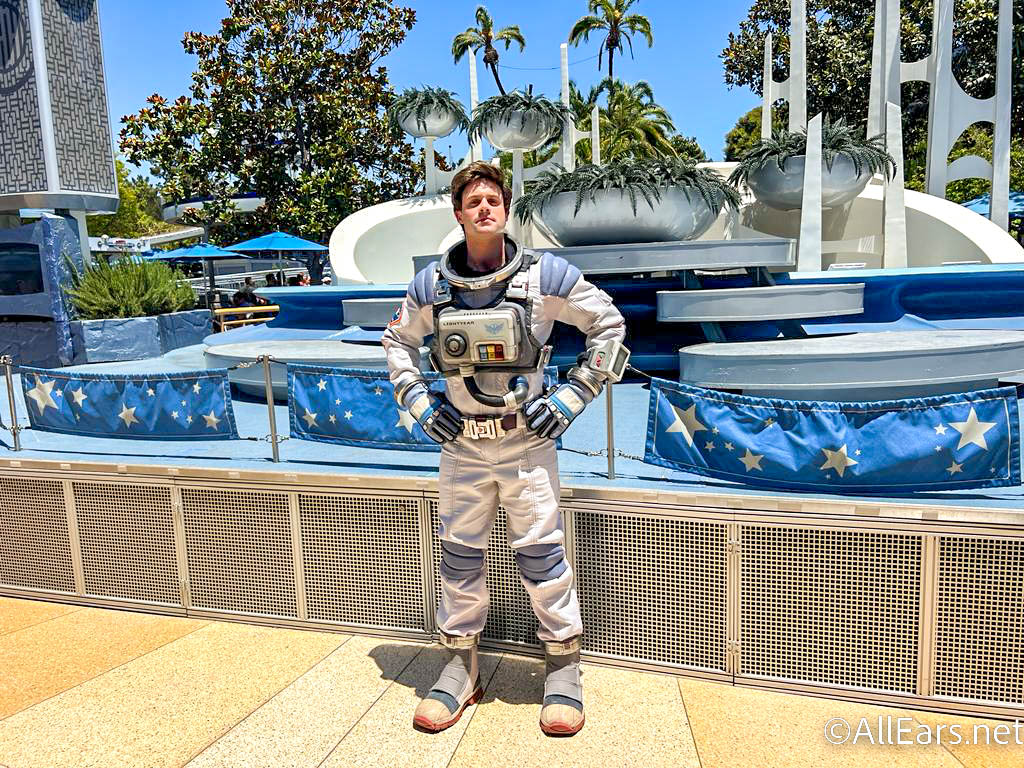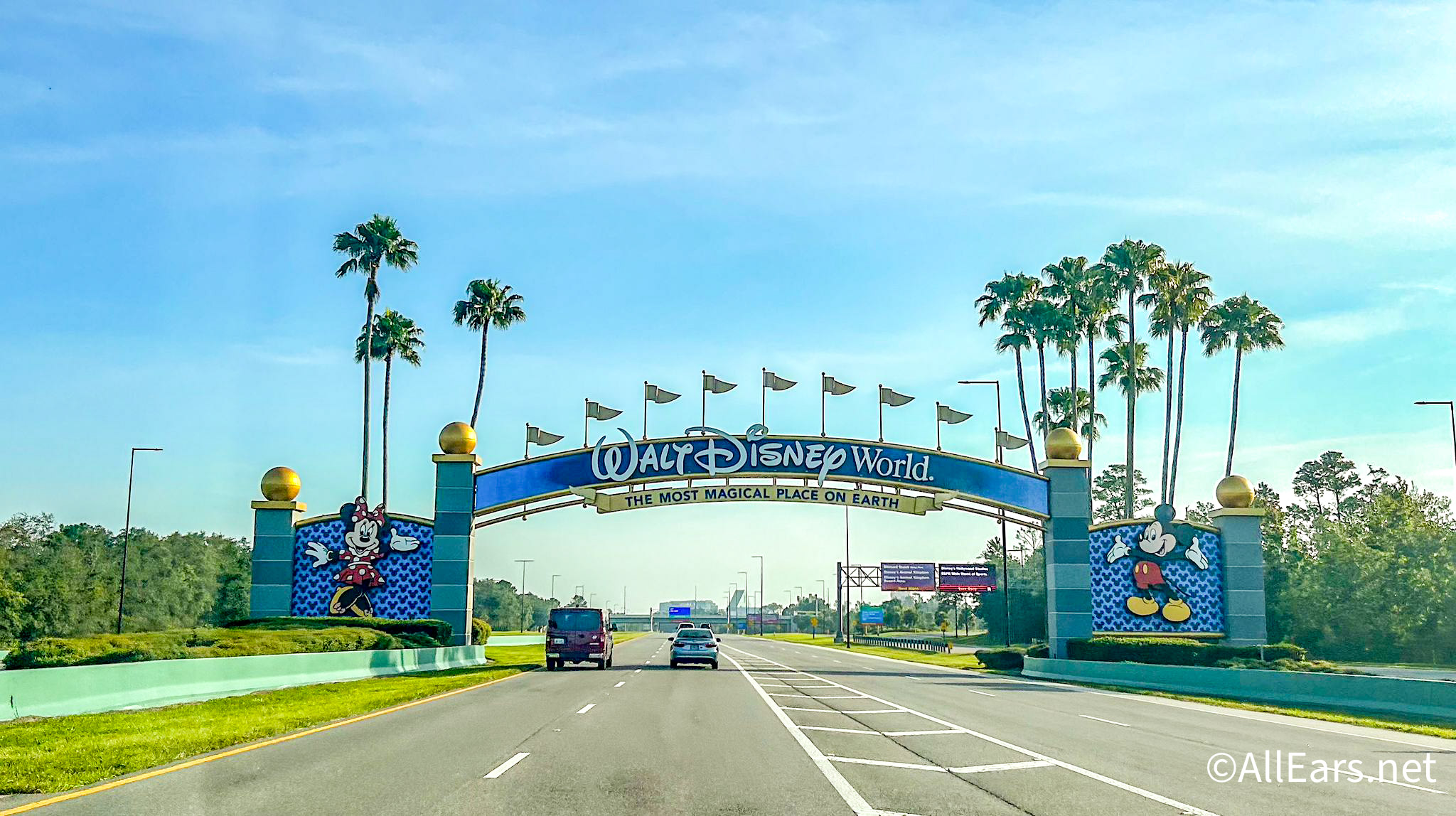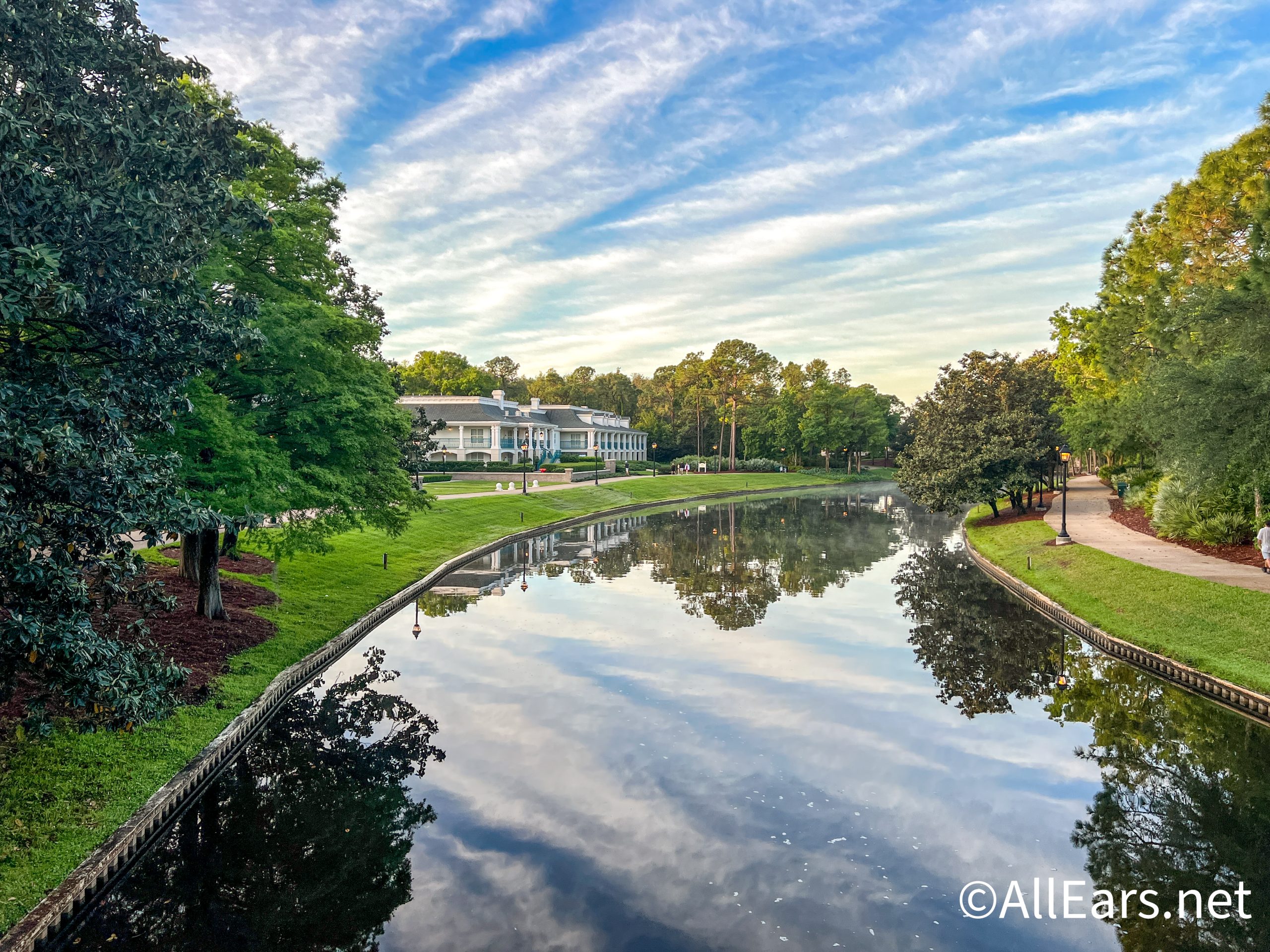WDW Chronicles: Secrets of World Showcase
by Jim Korkis
Disney Historian
Feature Article
This article appeared in the October 6, 2015 Issue #837 of ALL EARS® (ISSN: 1533-0753)
Editor's Note: This story/information was accurate when it was published. Please be sure to confirm all current rates, information and other details before planning your trip.
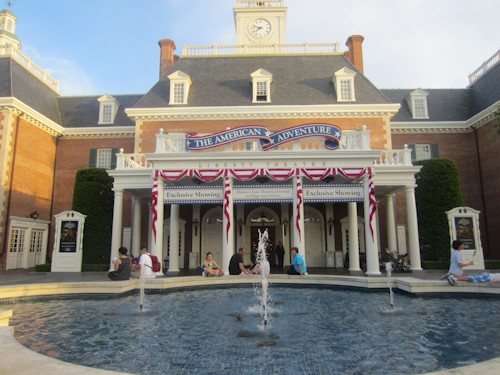 The Epcot International Food and Wine Festival is currently celebrating its 20th anniversary with several new additions into Future World. However, the main activity still takes place around the World Showcase, which holds many secrets not commonly known to most guests.
The Epcot International Food and Wine Festival is currently celebrating its 20th anniversary with several new additions into Future World. However, the main activity still takes place around the World Showcase, which holds many secrets not commonly known to most guests.
Situated around a 40-acre lagoon with an almost 1.2-mile promenade, the World Showcase includes 11 distinctive pavilions with re-creations of historic architecture familiar to world travelers.
The World Showcase is very much in keeping with the philosophy and vision of Walt Disney who had a great deal of respect, affection and curiosity about other cultures and enjoyed traveling to other countries.
As early as 1953, there was discussion in The Walt Disney Company of creating an internationally themed area at Disneyland. By 1956, that concept was developed as "International Street," which would run parallel to Main Street, U.S.A.
The buildings would follow a zig-zag pathway so one side of the building might reflect Spain or Italy but when viewed from the other side the façade might be reminiscent of Germany or the United Kingdom. In that way, many countries could be represented in a limited space.
At the bottom of the street would have been a Chinese restaurant that would have featured the first audio-animatronics figure, the philosopher Confucius, who would entertain the diners.
Soon, this concept expanded into an entire "International Land," which would have been located near to where the Disneyland Matterhorn stands today. The area would have featured architecturally authentic buildings separated by distinctive landscaping.
Today, Walt's dream of a global community — which was a key component of his vision for Epcot — exists at World Showcase, where guests can experience firsthand not only the differences but the similarities between people from around the world in a beautiful, peaceful setting.
MEXICO: The Cantina de San Angel is a recreation of an old Carmelite Monastery that became a restaurant in 1915. In 1847, General Santa Ana planned the "Chapultepec Battle" at this location. Within its walls, the famous pact between Pancho Villa and General Zapata was formalized by which the former would gain control of the North and the latter, the South of Mexico. The main patio fountain served as a drinking trough for their horses.
Inside the pyramid that is a mixture of Aztec and Mayan elements, the typical marketplace setting is officially called Plaza de Los Amigos, or plaza of friends. During the day would be a time of siesta with limited activity so it is themed to nighttime and fiesta to help explain why there are so many people and movement.
NORWAY: The statue of Grete Waitz near the Stave Church honors the Norwegian athlete who was a nine-time winner of the New York City Marathon from 1978-88. At the 1984 Los Angeles Olympic Marathon, Waitz won the silver medal. She added that to the Gold she had won the previous year at the Helsiniki World Championship Marathon.
The Stave Church is a replica of the Gol Stave Church found in the Norwegian Folk Museum in Oslo. At one time there were more than 1,300 of these churches, but only a little more than two dozen remain today. They are considered some of the oldest wooden structures still in existence.
CHINA: The circular Hall of Prayer for Good Harvest is a one-half scale reproduction of its counterpart inside the Temple of Heaven complex near Beijing. As you enter, there are four red columns decorated in gold representing the four seasons.
If you stand in the exact center of the columns and speak, the acoustics are like the actual Hall of Prayer so you will hear your voice echo but your friends will not hear it do so. The emperor would come here to pray for a good harvest or give thanks for one that had happened.
The Great Ceremonial Gate at the entrance to the pavilion is designed after the one at the original Summer Palace in China. When an Emperor or Empress was born or died, they were carried through the gate to represent their entry into the world and their entrance into heaven at their death.
GERMANY: Every hour, underneath the clock, huge Hummel figures appear and chime the hour. However, clever guests look above the clock where a wooden rooster pops out and flutters its wings at the same time.
The traditional Oktoberfest celebrates the October 17, 1810 marriage of Crown Prince Ludwig of Bavaria to Princess Therese for 16 days in late September and early October. The Biergarten was actually going to be part of a queue area for a planned but never built Rhine River ride.
ITALY: When you enter the pavilion, the building on the left is the Doge's Palace of Venice, the residence of the ruling Dukes that took many centuries to complete. Its design inspired architect Robert Stern when he built the Walt Disney World Casting Center building on Lake Buena Vista Drive. The tall bell tower is the Campanile that stands next to the Doge's Palace in Venice but is located on the other side and the Epcot version is built 1/5 scale. The angel at the top is covered in 14 karat gold leaf.
AMERICAN ADVENTURE: This pavilion was originally meant to be at the front of World Showcase and be made of all glass and steel. It was relocated so that it could serve as the "host" for the other pavilions.
Handmade Georgia clay bricks — 110,000 of them — decorate the outside of the building. They were colored and aged to look more authentic to the time period.
Forced perspective is used such as enlarging the windows and doors on the lower level to make the building look smaller than it actually is so that it more closely represents a building from the Colonial America time period. Although it looks like a two-and-a-half story manor house, it is actually a five-story structure.
JAPAN: The Katsura Grill is a small version of the Shoken-tei (teahouse) in the Kyoto Imperial Villa gardens at the Katsura Summer Palace.
The building that houses Mitsukoshi Department Store is modeled after the Great Hall of Ceremonies once part of the Gosho Imperial Palace in Kyoto and built in 794 A.D.
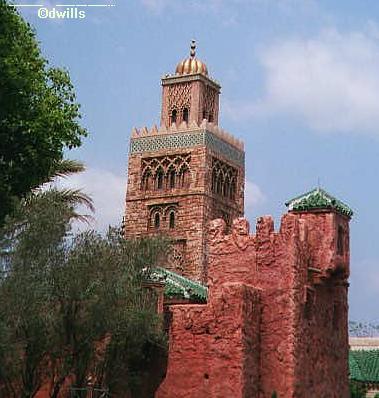 MOROCCO: Inside the lobby of the restaurant is a reproduction of a signed letter from President George Washington to the people of Morocco. Morocco was the first country to officially recognize the United States of America as a sovereign nation in 1776.
MOROCCO: Inside the lobby of the restaurant is a reproduction of a signed letter from President George Washington to the people of Morocco. Morocco was the first country to officially recognize the United States of America as a sovereign nation in 1776.
The design of the pavilion was inspired by three cities: Fez, Casablanca and Marrakesh. Several Moroccan artisans worked for approximately six months doing the artwork for the pavilion. Those artisans included eight plaster craftsmen, 11 tile craftsmen and two wood craftsmen (who worked for about two weeks).
FRANCE: The Eiffel Tower is a 1/10 replica of the one in Paris and was constructed using engineer Gustav Eiffel's original blueprints. In Epcot, the Eiffel Tower is more tan and pinkish than the one that exists today in Paris. The reason is that the France Pavilion represents "La Belle Epoque" of the late 1800s and the Eiffel Tower is the same color it would have been at that time when it was new.
The bridge is reminiscent of the Pont des Arts, a pedestrian bridge in Paris that crosses the River Seine. The shopping area at the exit of the film was meant to resemble the Les Halles marketplace in Paris but without the glass ceiling.
UNITED KINGDOM: The term "pub" comes from the expression "public house" where the town would gather together. The Rose and Crown combines elements from three basic pub designs: the street pub, the waterfront pub, and the country pub. The exterior design was modeled after the Elizabethan period of the late 16th century. The interior decor was patterned after Victorian architectural forms of the 1890s.
The window on the Royal Doulton Shop showcases the four crests of the major schools of the United Kingdom: Oxford, Cambridge, Eton and Edinburgh. The area at the back of the pavilion is officially known as Britannia Square and is meant to suggest an English city park.
CANADA: That 30-foot totem pole by the Trading Post was carved out of 700 pounds of red cedar by renowned Tsimshian Indian carver David Boxley, and was placed there in April 1998. The top of the pole depicts the story of Raven tricking the Chief of the Skies to release the sun, moon and stars from a carved cedar chest.
The rockwork was supervised by Imagineer Fred Joerger, who textured by hand and then painted and aged the gunite, the same cement used in swimming pools, that covered the steel structures. Joerger was the resident rock expert for many years for Disney, doing the rockwork for the Jungle Cruise, Big Thunder Mountain and other attractions.
Building the Canadian Rockies, Imagineers flew over the Canadian mountains taking pictures to develop a topographical map. After Styrofoam models were made, a computer drew a three-dimensional picture showing horizontal and vertical features as well as depth. This picture was enlarged and used as the master blueprint for the steel structure, which contains plant containers with real plants and trees. Trees were planted in five-foot deep planters with built-in drainage and irrigation systems and are changed out if they grow too large to be out of proportion.
The sense of authenticity that guests feel as they wander through these World Showcase pavilions is due in part to the craft of the Imagineers in re-creating the iconic structures representative of specific countries. The Imagineers worked closely with consultants and historians to try to create an accurate atmosphere that immerses guests in the experience of being in a foreign country. These "secrets" of World Showcase help make their efforts a reality.
= = = = = = = = = = = = =
RELATED LINKS
= = = = = = = = = = = = =
Other features from the Walt Disney World Chronicles series by Jim Korkis can be found in the AllEars® Archives.
Jim also writes occasionally for the AllEars® Guest Blog, contributing entries under the heading of "Jim's Attic."
-=-=-=-=-=-=-=-=-=-=-
Disney Historian and regular AllEars® Columnist Jim Korkis has written hundreds of articles about all things Disney for more than three decades. As a former Walt Disney World cast member, his skills and historical knowledge were used by Disney Entertainment, Imagineering, Disney Design Group, Yellow Shoes Marketing, Disney Cruise Line, Disney Feature Animation Florida, Disney Institute, WDW Travel Company, Disney Vacation Club and many other departments.
He is the author of several books, available in both paperback and Kindle versions. You can purchase them via our AllEars.Net Amazon.com store HERE.
-o-o-o-o-o-o-o-o-o-o-o-
Editor's Note: This story/information was accurate when it was published. Please be sure to confirm all current rates, information and other details before planning your trip.



